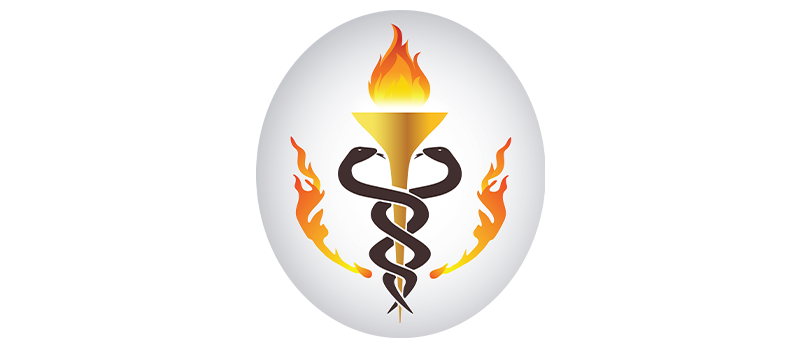Thai Boxing Oil Massage Benefits
Thai Boxing Oil Massage Benefits By Admin / May 5, 2025 For athletes and fitness lovers in the UAE, recovery is just as important as
+971 4 346 8554
+971 4 394 8500


Beyond Massage: How Breath Enhances Physical Rehabilitation
By Admin / July 29, 2025

Beyond Massage: How Breath Enhances Physical Rehabilitation
When we think of physical rehabilitation, we often imagine exercises, massage, and physiotherapy machines. But one of the most powerful tools for healing is often overlooked: the breath. Integrating intentional breathing into physical therapy can accelerate recovery, improve mobility, and enhance overall well-being. As modern science aligns with ancient practices, the role of breathing in physical therapy is becoming more recognized as a core component of effective healing.
The Science Behind Breath and Movement
Breathing is a natural, automatic function—but when done mindfully, it becomes a therapeutic force. Controlled, diaphragmatic breathing engages the parasympathetic nervous system, which helps reduce inflammation, lower blood pressure, and calm the mind. These responses are especially important in rehabilitation techniques, where both mental focus and physical relaxation play key roles in successful recovery.
During injury recovery, the body tends to tighten and guard the injured area. This can cause shallow breathing and increased muscle tension, making it harder for the body to heal properly. By incorporating deep, focused breathing, patients can ease this tension, reduce stress hormones like cortisol, and allow muscles to relax—creating a better environment for repair.
How Breathing Enhances Physical Therapy
Incorporating breathwork into rehabilitation techniques offers several benefits:
Injury Recovery Breath Techniques You Can Try
Here are some simple injury recovery breath practices to support your rehabilitation at home or in the clinic:
A Holistic Approach to Healing
Leading rehabilitation programs now integrate breathwork into breathing physical therapy routines, not as an add-on but as a foundation. Therapists guide patients through breath awareness during manual treatments, stretching sessions, and strength training. This integrated approach bridges the gap between physical and mental recovery, offering a truly holistic model of care.
In practices influenced by Eastern medicine—like yoga therapy, Thai massage, and somatic bodywork—breath has always been central to healing. These traditions recognize that physical health is inseparable from mental and emotional balance. Bringing this awareness into modern rehabilitation settings elevates care and empowers patients.
Breath: The Missing Link in Recovery
Whether you’re healing from surgery, a sports injury, or chronic pain, breath can be the key to faster, deeper recovery. It’s free, always accessible, and profoundly effective when used with intention.
So next time you stretch, lift, or even sit in stillness during your physical therapy, don’t forget to breathe—with purpose. Your breath doesn’t just support your body—it activates it, calms it, and heals it.
Rehabilitation techniques that include mindful breathing are changing the way we heal—making breathing physical therapy a powerful and essential part of any recovery journey.
Thai Boxing Oil Massage Benefits By Admin / May 5, 2025 For athletes and fitness lovers in the UAE, recovery is just as important as
Nuad Thai Dubai: Authentic Thai Therapy for Wellness and Relaxation By Admin / September 7, 2025 Nuad Thai Dubai: Authentic Thai Therapy for Wellness and




Taiy Pradit is a leading wellness centre that specializes in authentic Thai massages. With our experienced therapists and peaceful atmosphere, we offer a traditional and therapeutic experience that promotes physical and mental well-being.
Copyright © 2023. All rights reserved.
Quick Links
Copyright © 2023. All rights reserved.